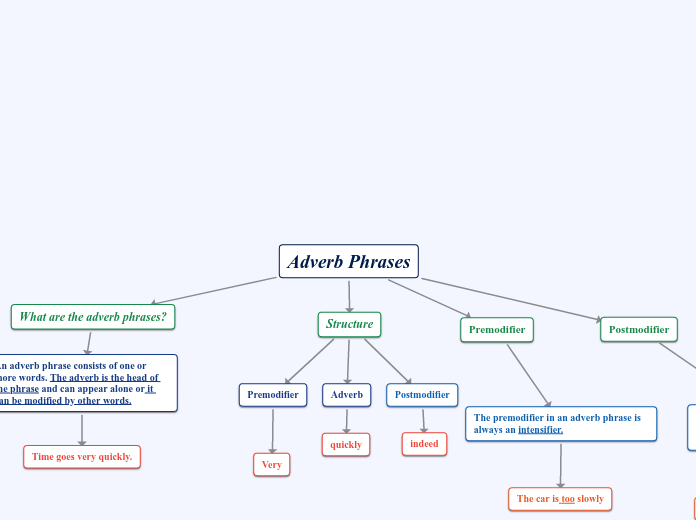av diana faizal för 5 årar sedan
843
MOTOR CONTROL and LEARNING
Motor control and learning theories often describe the progression of skill acquisition through various stages. One prominent model is the Fitts and Posner three stages model, which includes the cognitive, associative, and autonomous stages.









